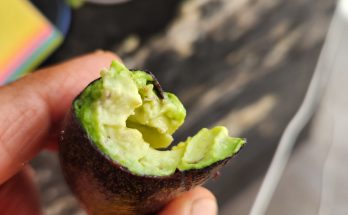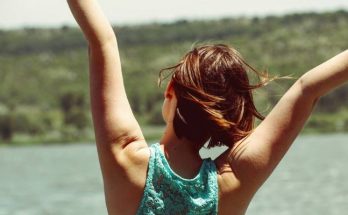Flexible Feet and a Stable Stance
By Richard Adelman, MA
What if there were a quick, painless, and pleasurable way to become more stable and safer on your feet? This article presents one answer, a simple 15-minute sequence of gentle movements you can do at home. Beside enhancing stability, these movements have relieved foot, leg, knee, and hip pain. For some people they have created more comfort from head to toe.
Taking inventory: start by taking off your shoes and sitting toward the front edge of a firm chair. Bring yourself to standing several times and notice how easy or difficult it is to do this. While standing, how stable or unstable do you feel on your feet and in your body?
Rolling tennis ball while sitting: you will need one or two tennis balls preferably soft, used ones. Return to sitting and place a tennis ball under one foot, between your foot and the floor. If you have more pain or discomfort on one side of your lower body than the other, then you should work with the “good” side first. Let your foot rest upon the ball for 15 to 30 seconds and notice how your foot and leg up to the hip are accommodating themselves to the ball. Then switch to another location under your foot and then one more—a total of three positions. Now slowly begin to roll the tennis ball back-and-forth from ball to heel under your sole. Take your time and go easy. There is no rush—slower is better than faster. You do not need to press into the ball deliberately. Just the normal weight of your leg is sufficient.
This movement massages your foot. It improves circulation, making the foot more supple and comfortable. It also accomplishes a number of other things: Rolling on the ball will magnify sensation in the bottom of your foot, so that you become better able to feel the ground. Meanwhile, as the ball presses sensitive parts of your sole, it provides a foot reflexology treatment. In addition, you are improving your standing stability by gently challenging many small muscles in the foot and ankle. They have to continuously adapt to changes of position on the ball. The larger muscles of the leg and hip are also learning to improve their coordination. If you find you are holding your breath or your leg muscles are tightening up rather than relaxing, this indicates that you are trying too hard and need to back off and be more gentle.
After working four or five minutes with one side, take the tennis ball away and compare how the two feet are resting on the ground. Most people will find that the foot they treated (or possibly that whole leg) feels better—less tense and more present, alive, warm, or comfortable. The other side may feel more like wood, steel, or cement. Now please do the same exercise on the other side. Then compare the sides. This time, as you stand up, notice if it requires less effort to come to standing than when you started. Also observe if it is easier to remain standing, and if you now feel more grounded, more supported. Notice if any discomforts or pains anywhere in your body have diminished or disappeared.
Variations while sitting: this is a wonderful movement sequence to practice at least once daily. After you have worked with it for a while, you may introduce some variations. For instance, you can deliberately press a little harder into the ball from time to time to deepen the massage. Or you can put a ball under both feet simultaneously and move one foot forward while the other goes backward. This resembles walking or cross-country skiing and might be very pleasurable.
Rolling ball while standing: you can increase the challenge and the benefits by trying this in a standing position. Follow the same sequence. First, stand with the ball under one foot in three different positions, and then slowly roll it back and forth. Next, work with the other foot. It will become immediately obvious this requires much more balance and control than the sitting exercise. Yet it is also a way to cultivate more balance and control. Each foot and leg must cope with its own particular balance challenges. Feel free to rest one or both hands on a wall or chair while doing the standing version. The knee of the leg with its foot on the ball will be slightly bent, and you could experiment with bending the other knee a little at the same time as well.
Benefits: these gentle movements have helped many patients. Although they appear to be simple, they can have profound effects. They can help you with everything from foot, ankle, knee, hip, or back pain to difficulties with stability and locomotion. They can even help you to slow yourself down, to find a more natural, peaceful rhythm.
Cell/whatsapp 415 197 7895
Richard Adelman (M. A., Psychology) maintains a private practice integrating gentle Pilates, Feldenkrais Method, Osteopathy, Egoscue, and Formative Somatic-Emotional therapies. He is certified in Feldenkrais and Pilates and has over 50 years experience with Feldenkrais and Somatic Psychology. He teaches Feldenkrais for Seniors Mondays and Wednesdays 12-1:30pm at Salón Semilla, Mercado Sano (classes will meet at Mercado Sano when it reopens. Meanwhile please call Richard for the current location of the classes.) He sees patients privately for subtle, fully-clothed, manual therapy in Colonia San Antonio or at their homes.




